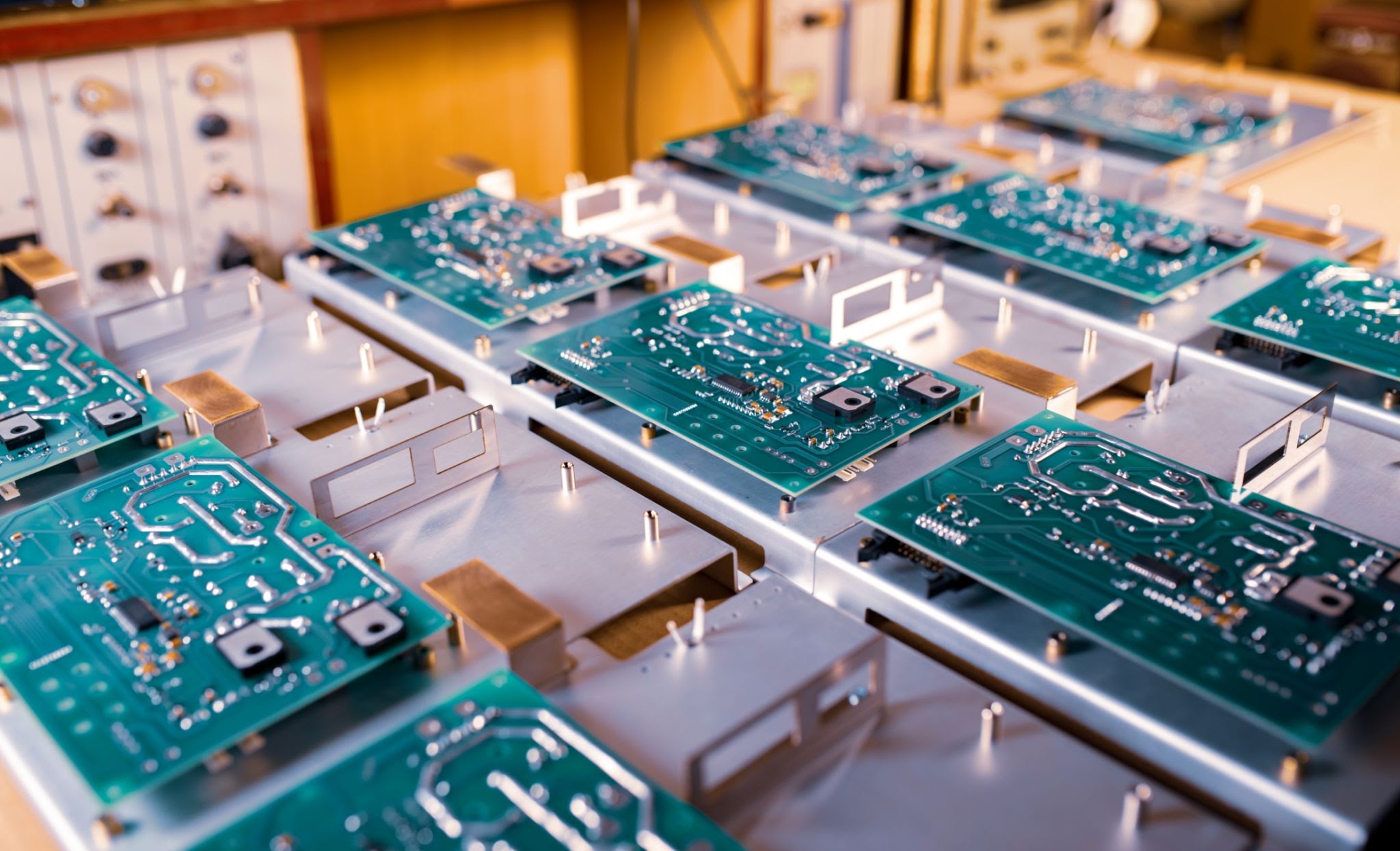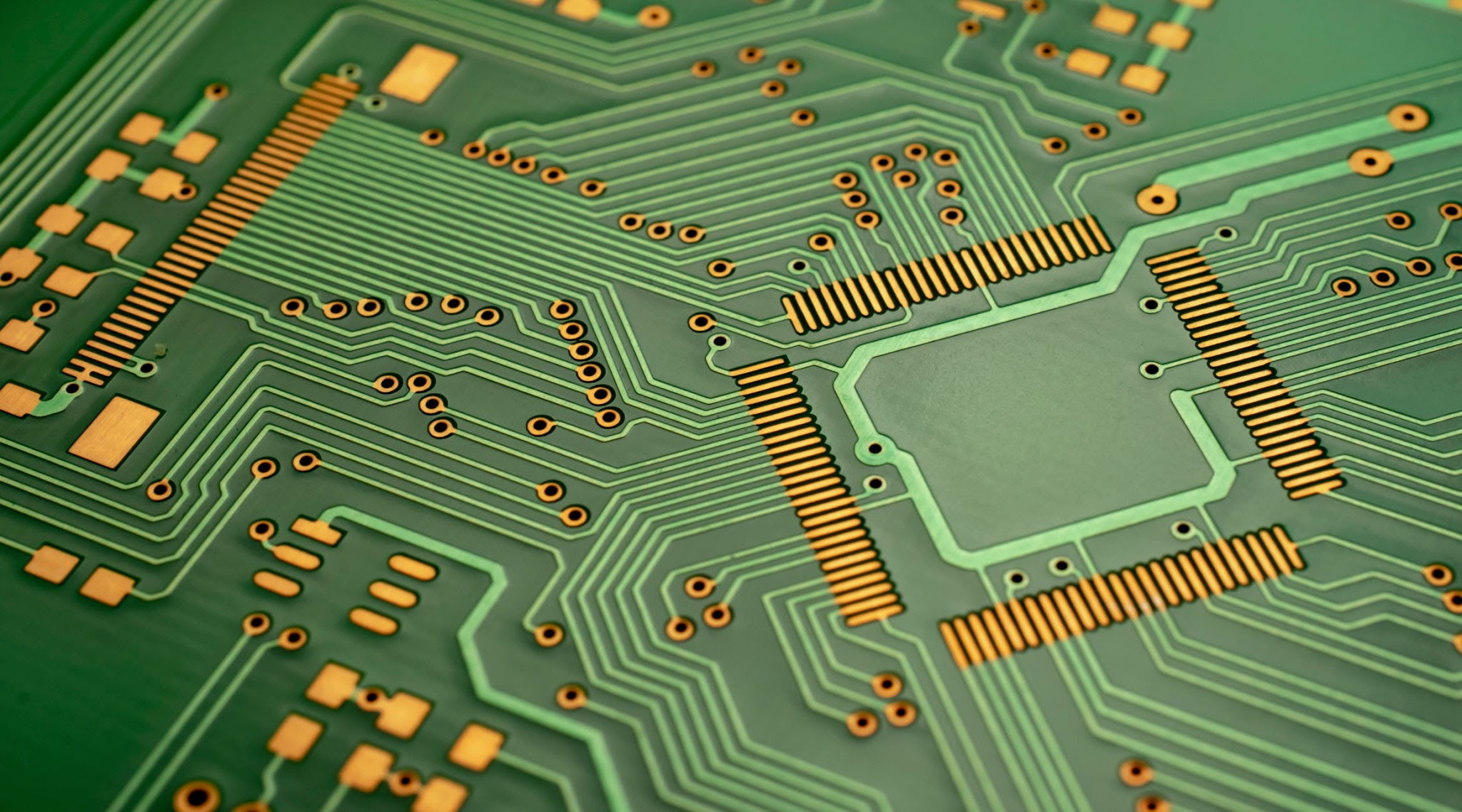
The U.S. “Protection of Circuit Boards and Substrates Act” is a crucial piece of legislation that aims to safeguard the integrity and security of circuit boards and substrates used in various electronic devices. With the increasing demand for advanced electronic products, many businesses in the United States are considering expanding or building PCB production lines. In this blog, we will provide an interpretation of the Protection of Circuit Boards and Substrates Act, and delve into the essential machinery required in a PCB production line, including PCB etching machines, PCB cleaning machines, PCB drilling machines, PCB browning machines, PCB sandblasting machines, PCB polishing machines, PCB oxidation resistance machines, PCB desoldering machines, PCB stripping machines, and PCB developing exposing machines. This information will help visitors who are motivated to purchase these machines and establish or expand their own PCB production lines.

The “Protection of Circuit Boards and Substrates Act” is a significant legislation aimed at ensuring the security and integrity of circuit boards and substrates used in electronic devices within the United States. The act recognizes the critical role played by circuit boards and substrates in the functioning of electronic products and seeks to prevent unauthorized modifications, counterfeiting, and tampering that could compromise their performance or pose security risks.
The act encompasses various provisions and requirements that manufacturers, distributors, and users of circuit boards and substrates must adhere to in order to comply with the law. Some key aspects of the act include:
- Counterfeit Prevention: The act emphasizes the need to combat the production and distribution of counterfeit circuit boards and substrates. It prohibits the manufacturing, sale, or use of counterfeit components and mandates stringent measures to ensure the authenticity of these critical electronic parts.
- Traceability and Documentation: The act emphasizes the importance of traceability and documentation throughout the supply chain. Manufacturers and distributors are required to maintain detailed records of the origin, manufacturing process, and distribution of circuit boards and substrates. This information helps establish accountability and facilitates effective quality control and product recalls if necessary.
- Quality Assurance: The act promotes the implementation of rigorous quality assurance measures throughout the production process. Manufacturers are encouraged to adopt industry best practices and adhere to recognized standards to ensure the reliability, performance, and safety of circuit boards and substrates.
- Security Measures: The act recognizes the need to safeguard electronic devices against potential security threats. It encourages the use of secure designs, authentication mechanisms, and encryption technologies to protect the integrity of circuit boards and substrates. This is particularly relevant in applications where the confidentiality of data or critical operations are at stake.
- Compliance and Enforcement: The act establishes mechanisms for compliance verification and enforcement. Regulatory authorities are empowered to conduct inspections, audits, and investigations to ensure that manufacturers and distributors are in compliance with the provisions of the act. Non-compliance can result in penalties, fines, or other legal consequences.

The “Protection of Circuit Boards and Substrates Act” reflects the growing importance of circuit boards and substrates in today’s interconnected and technology-driven world. By establishing guidelines and regulations, the act aims to foster trust among consumers and businesses, protect intellectual property, and promote the safe and reliable use of electronic devices.
For businesses involved in the establishment or expansion of PCB production lines, understanding and adhering to the requirements outlined in the act is essential. Compliance with the act not only ensures legal adherence but also demonstrates a commitment to quality, security, and customer satisfaction.
The Protection of Circuit Boards and Substrates Act focuses on safeguarding the manufacturing, distribution, and use of circuit boards and substrates within the United States. The act imposes regulations to prevent counterfeiting, tampering, and unauthorized modifications to these critical components, ensuring the reliability and security of electronic devices. It is important for businesses engaged in PCB production to adhere to the requirements specified in this act to maintain compliance with the law and protect consumer trust.
Dragon Etching Essential Machinery in a PCB Production Line:
- PCB Etching Machine: PCB etching machines are vital in the production process as they facilitate the removal of unwanted copper from the substrate, creating the desired circuitry. These machines use chemical processes to dissolve the excess copper, leaving behind the required copper traces for circuit connections.
- PCB Cleaning Machine: PCB cleaning machines are used to remove any contaminants or residues that accumulate during the manufacturing process. They employ various cleaning methods such as ultrasonic cleaning, brush cleaning, and chemical cleaning to ensure the cleanliness and reliability of the circuit boards.
- PCB Drilling Machine: PCB drilling machines are responsible for creating holes in the circuit boards to accommodate electronic components. These machines utilize high-speed rotating drill bits to accurately drill holes of varying sizes, ensuring precise placement and alignment.
- PCB Browning Machine: PCB browning machines, also known as brown oxide machines, are used to create a protective layer on the exposed copper surfaces of the circuit boards. This layer prevents oxidation and enhances the conductivity of the copper traces, improving the overall performance and longevity of the PCB.
- PCB Sandblasting Machine: PCB sandblasting machines are employed for surface preparation, primarily to remove solder mask or copper from specific areas. This process is crucial for creating solder pads and ensuring proper solder adhesion during component assembly.
- PCB Polishing Machine: PCB polishing machines are used to refine the surface finish of circuit boards. They remove any imperfections, such as rough edges or burrs, resulting from the manufacturing process, and provide a smooth and uniform surface for further processing or component placement.
- PCB Oxidation Resistance Machine: PCB oxidation resistance machines apply protective coatings to the circuit boards, safeguarding them against environmental factors such as humidity, moisture, and corrosive substances. These coatings enhance the reliability and durability of the PCBs, ensuring their longevity in demanding applications.
- PCB Desoldering Machine: PCB desoldering machines are essential for repairing or reworking PCBs. They allow the removal of electronic components without damaging the board, enabling efficient repairs and replacements during the production process or after device assembly.
- PCB Stripping Machine: PCB stripping machines are used to remove unwanted solder masks, ensuring accurate solder pad exposure

